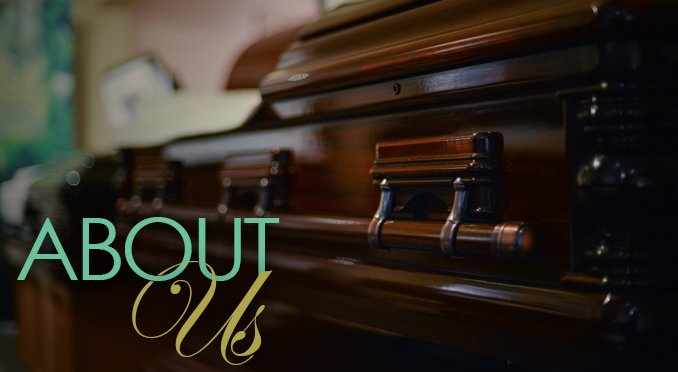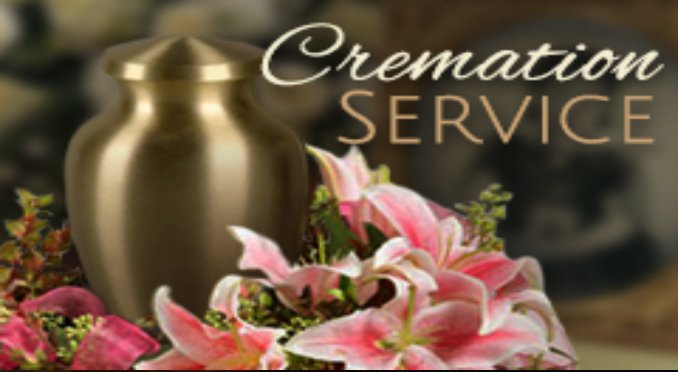Cremation Services
Cremation has been increasing steadily in both the United Stated and Canada. Cremation is accepted by followers of most religious faiths today. Some people view cremation as a way of simplifying their funeral process and thus choose cremation to make their services as simple as possible. Yet another environmental concern, of sorts, is that traditional burial takes up a great deal of space.
Cremated remains can be scattered, buried, or they may be kept with the family in a decorative urn. There are many ways to dispose of ashes today: cremated remains can be placed in an artificial coral reef in the ocean; they can be launched into space or sent up in helium balloons; they can be spun into glass pieces of art or diamonds.
Some religions welcome cremation, while others forbid it. The Catholic Church had previously banned cremation up until 1963, and burial remains the preferred form of disposition today. In other Christian denominations, cremation was historically discouraged but is now more widely accepted. In eastern religions such as Hinduism, Jainism, Sikhism, and Buddhism, cremation is mandated. In Islam, it is strictly forbidden. Orthodox Jews also forbid cremation, while other sects of Judaism support cremation; however, burial remains the preferred option.
Cremation FAQ
What is cremation?
Cremation is the process of applying heat to the body to reduce it to its basic elements, which are reffered to as cremated remains. Cremated remains have neither the appearance nor the chemical properties of ashes, they are, in fact, bone fragments. These fragments are then mechanically pulverized into minute particles and placed in a container. Only one person is cremated at a time.
Is a casket needed for cremation?
The body must be enclosed in a casket or container made of wood or other combustible material. It must be strong enough to assure the health and safety of those who come in contact with it. The casket should meet minimum requirements for proper respect and consideration, and should be composed of a suitable material which is environmentally safe.
Is it possible to place personal items in the casket prior to cremation?
Our advise is to place jewellry or other small items in the urn with the cremated remains after the cremation is complete. Items may be placed in the container or casket prior to cremation providing these items pose no health and/or safety risk during cremation and are composed of materials that are environmentally safe. Personal items are not recoverable after the cremation.
Is embalming required prior to cremation?
Embalming provides preservative and cosmetic value. Generally, if there is no viewing or a reasonable length of time to cremation is anticipated then embalming is not necessary. Often the repatriation of the deceased person from another country, health, and religious beliefs might make embalming prior to cremation appropriate or necessary.
Can the body be viewed without embalming?
Yes, we allow immediate family members to view the body if it is viewable.
Can the family witness the cremation?
Yes. Crematoriums in London will allow family members to be present when the body is placed in the cremation chamber. Some religious groups ask for this as part of their custom.
Can an urn be brought into church?
Nearly all Protestant Churches allow for the urn to be present during the memorial service. Most Catholic Churches also allow the remains to be present during the Memorial Mass. Including cremated remains as a part of the funeral provides a focal point for the service.
What can be done with the cremated remains?
In Ontario remains can be buried in a cemetery plot or in a cremation garden, interred in a columbarium, or scattered.
How can I be sure I receive the correct remains?
All reputable cremation providers have developed rigorous sets of operating policies and procedures in order to maximize the level of service and minimize the potential for human error. Since it is illegal to perform more than one cremation at a time, and the vast majority of crematories can only cremate one body at a time, it is next to impossible to receive the incorrect remains.
How long does the actual cremation take?
It all depends on the weight of the individual. For an average sized adult, cremation can take two to three hours at a normal operating temperature of between 1,000 and 2,000 degrees Fahrenheit.
What do the cremated remains look like?
Cremated remains resemble coarse sand and are whitish to light grey in color. The remains of an average sized adult usually weigh between 7 and 8 pounds.
Do I need an urn?
An urn is not required by law. An urn may be desired if there is to be a memorial service or if the remains are to be interred in a cemetery. If an urn is not purchased or provided by the family, the cremated remains will be returned in a black plastic container that is functional for interment or scattering.
How does the cost of cremation compare to burial or entombment?
The basic charge for cremationis somewhat less than traditional burial. Hovever, with so many service options available in the funeral services and in the mode of disposition, it's not possible to make an accurate comparison. You have the option to select as much or as little as you wish. With cremation you have more options.



